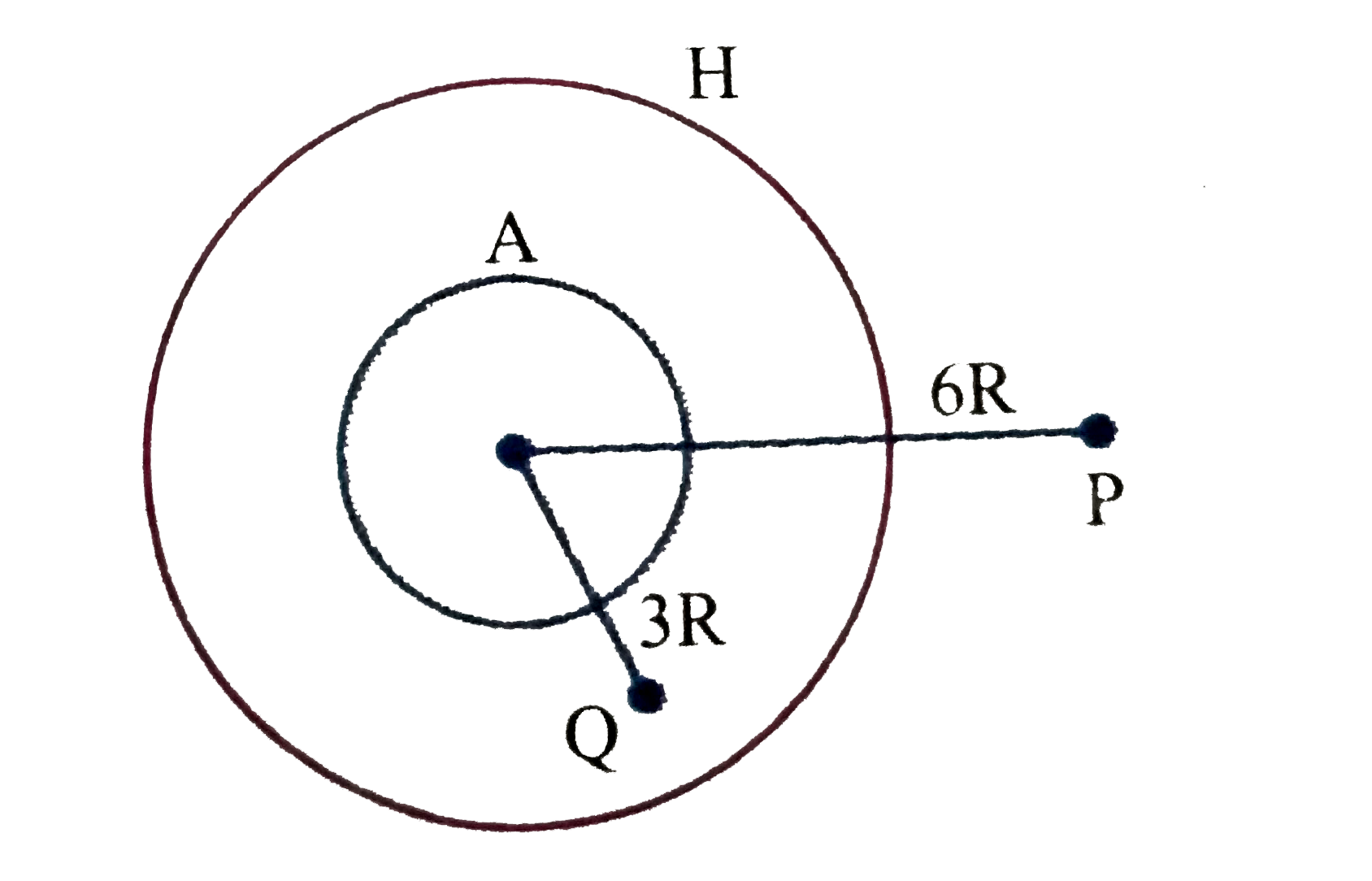The temperature of an spherical isolated black body falls from T1 and T2 in time t them time t is
t∝(1T2−1T1)
t∝(1T22−1T21)
t∝(1T32−1T31)
t∝(1T42−1T41)
Power radiated P=4πr2σT4=(msdTdt)
−∫T2T1dTT4=ct⇒t=K[1T32−1T21]
Topper's Solved these Questions
Similar Questions
Statement-1: When the temperature of a black body is doubled fromt∘C to 2t∘C, the radiant power becomes 16 times.
Statement-2: The radiant power of a body is proportional to fourth power of absolute temperature.
View SolutionA solid sphere of radius 'R' density ρ and specific heat 'S' initially at temperature T0 Kelvin is suspended in a surrounding at temperature 0K. Then the time required to decrease the temperature of the sphere from T0 to T02 kelvin is (Assume sphere behaves like a black body)
View Solution
Knowledge Check
The temperature of an spherical isolated black body falls from T1 and T2 in time t them time t is
At∝(1T2−1T1)Bt∝(1T22−1T21)Ct∝(1T32−1T31)Dt∝(1T42−1T41)The temperature of an isolated black body falls from T1 to T2 in time t. Let c be a constant
At=c[1T2−1T1]Bt=c[1T32−1T21]Ct=c[1T32−1T31]Dt=c[1T42−1T41]Choose the correct relation, when the temperature of an isolated black body falls from T1 to T2 in time 't' and assume 'c' to be a constant.
At=c(1T2−1T1)Bt=c(1T22−1T21)CT=C⎛⎜ ⎜⎝1T32−1T31⎞⎟ ⎟⎠Dt=c(1T42−1T41)
The radioactivity of a sample is R1 at a time T1 and R2 at a time, T2 If the half-line of the secimen is T, the number of atoms that have disintergrated in the time (T2−T1) is proportional to:
View SolutionThe radioactivity of a sample is R1 at a time T1 and R2 at time T2. If the half-life of the specimen is T, the number of atoms that have disintegrated in the time (T2−T1) is proporational to
View SolutionThe radioactivity of a sample is l1 at a time t1 and l2 time t2. If the half-life of the sample is τ1/2, then the number of nuclei that have disintegrated in the time t2−t1 is proportional to
View SolutionConsider a spherical body A of radius R which is placed concentrically in a hollow enclosure H of radius 4R as shown in the The temperature of the body A and H are TA and TH respectively Emissivity transmittivity and reflactivity of two bodies A and H are (ea,eH),?(tA,tH), and (rA,rH) respectively (Assume no absorption of the thermal energy by the space in between the body and enclosure as well as outside the enclousre and all radiations to be emitted and absorbed normal to the surface [Tskeσ×4πr2×3004=βJ/s]

In the previous question if the enclosure is considered as perfect black body and is maintaind at same temperature as that of temperature of body A then in the two cases .
View SolutionOne black body at temperature T is surrounded by another black body at temperate T1(T1<T). At T, the radiation emitted by inner blackbody per unit area per second is proportional to
View Solution
